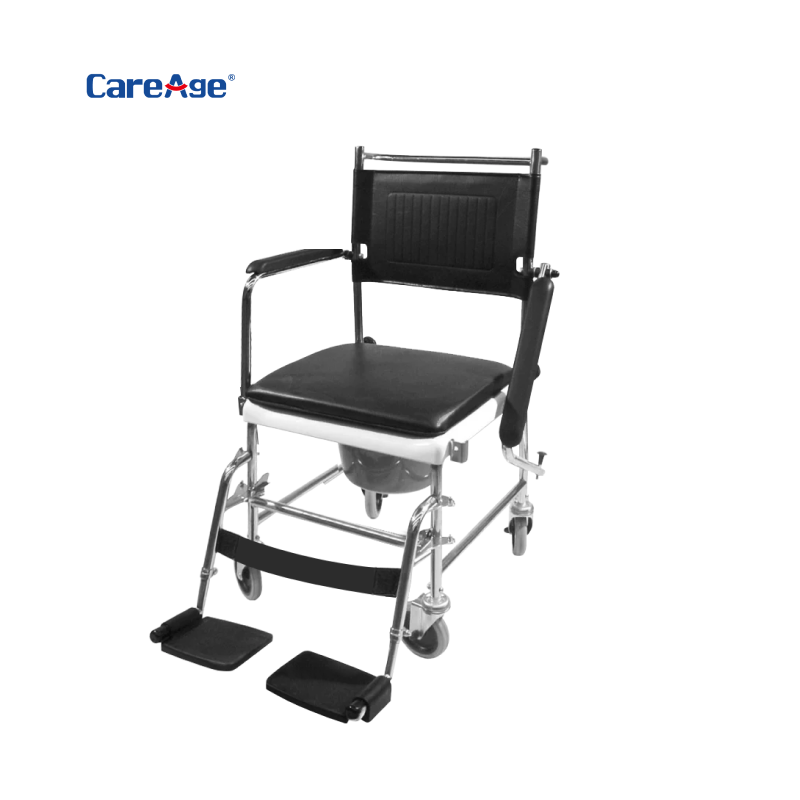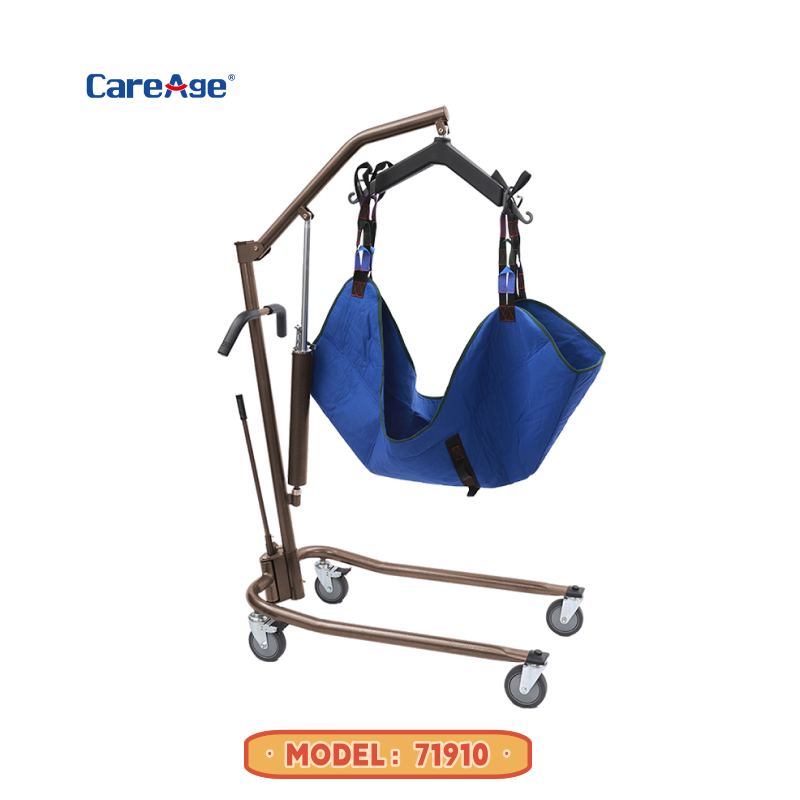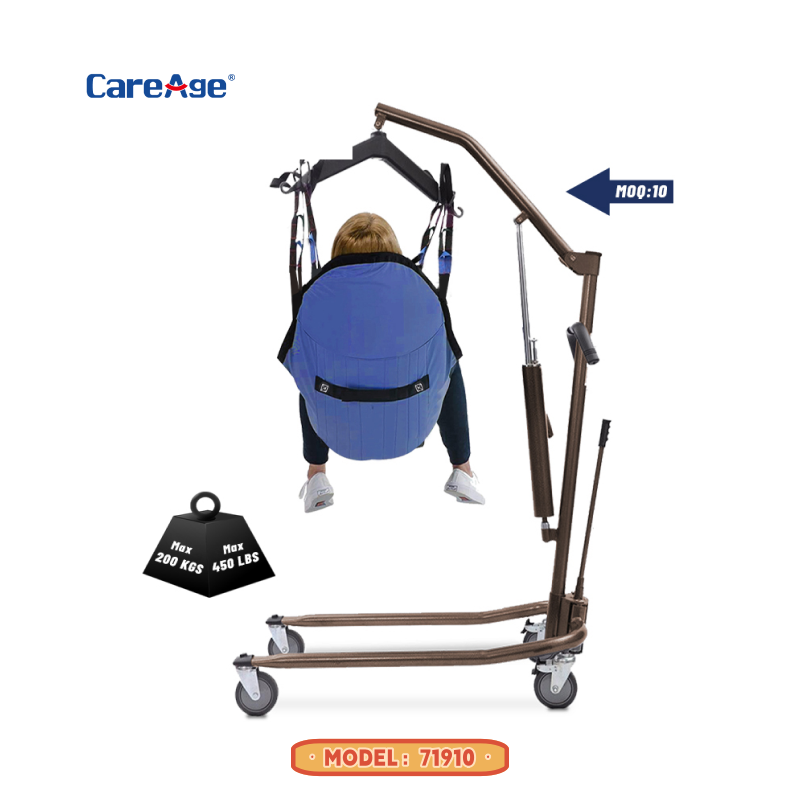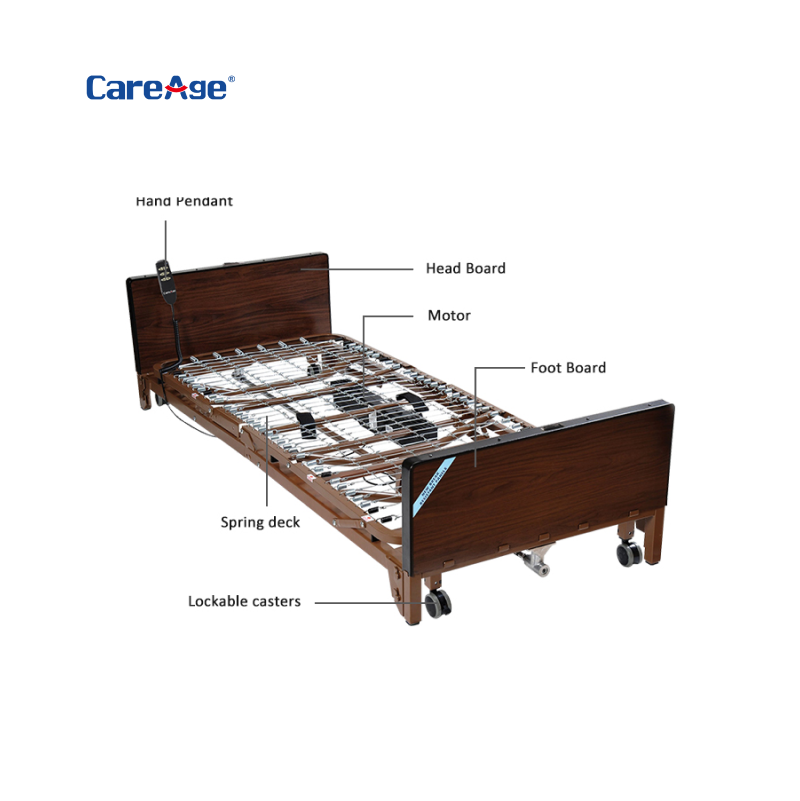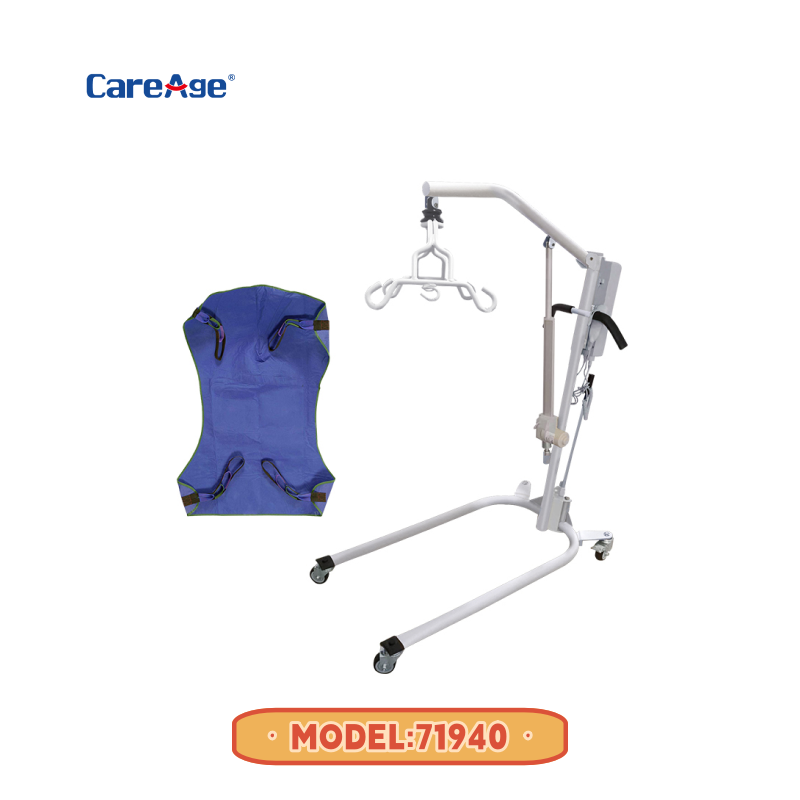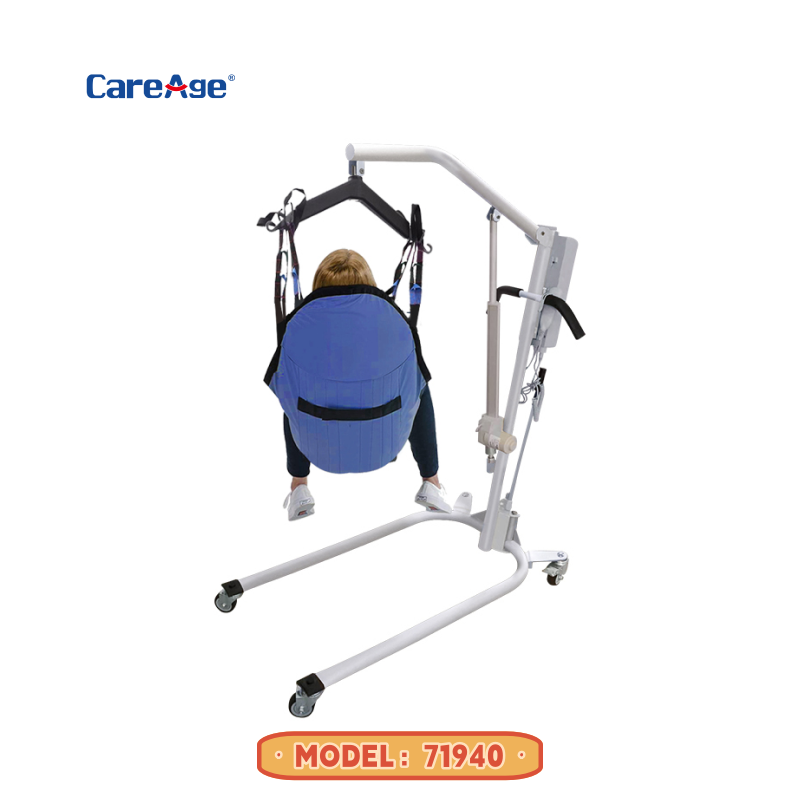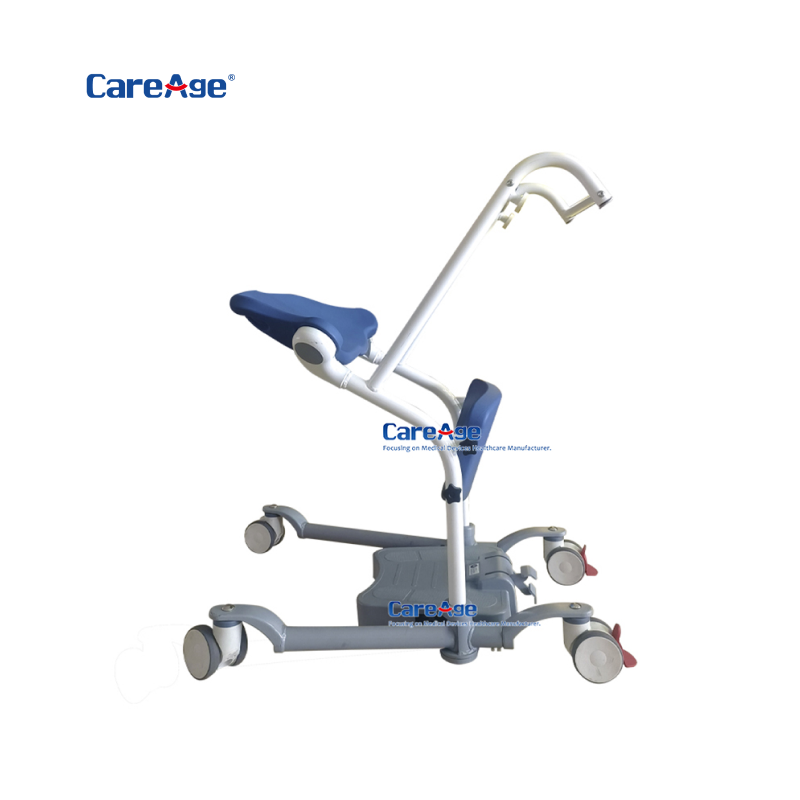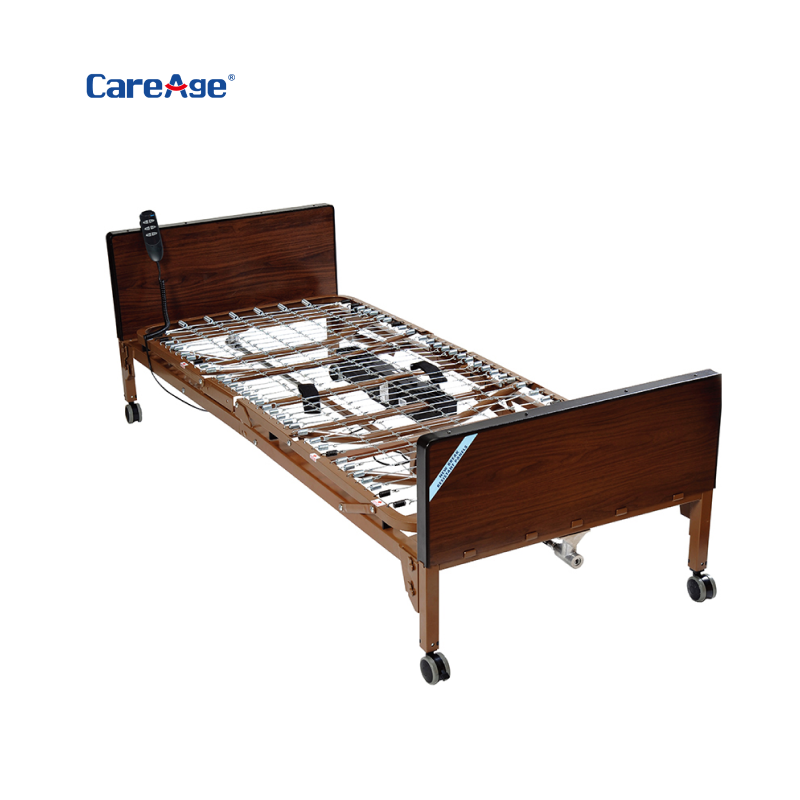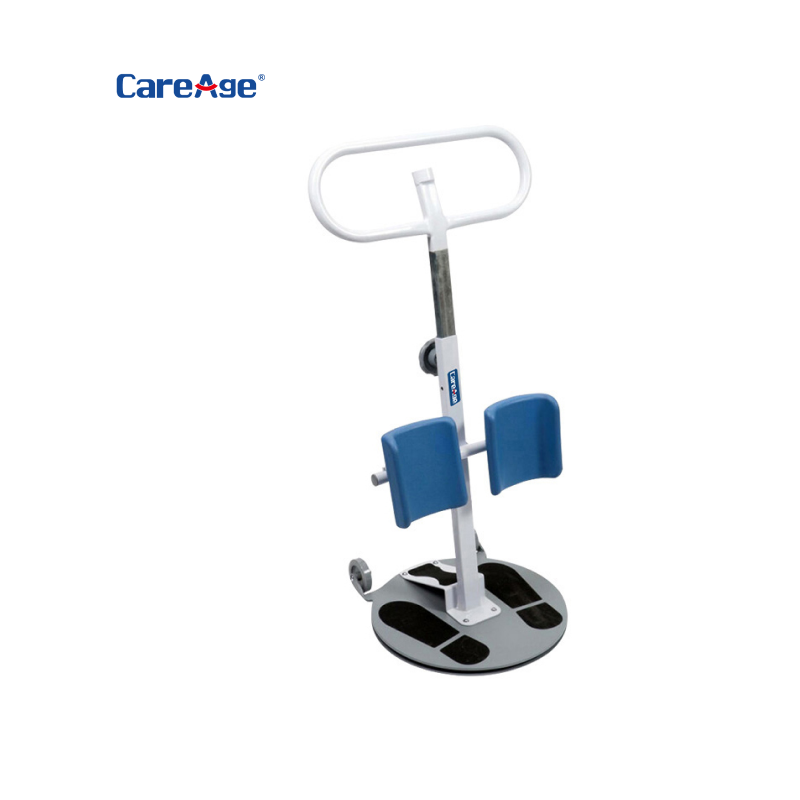Battery Patient Transfer Lifts are an important and established piece of equipment in caring for customers in their homes, but updates and improvements in the space are often overlooked. CareAge spoke with lift users about some of the latest innovations of Battery Patient Transfer Lift that can change users' lives.
CareAge, a 12-year-old company, is always aiming to make its equipment better for its customers. When it makes tweaks and small adjustments to its Sit-To-Stand Lift and Battery Patient Transfer Lift, CareAge usually sees that big changes are all in the small details.
The typical Battery Patient Transfer Lift of CareAge consumers are individuals in private homes with limited mobility, mainly wheelchair users. D’Amours said 60% to 70% of users in private homes want Bariatric Powered Patient Lift for self-transfer, but the other 30% to 40% have a caregiver who can’t lift the person out of bed or transfer them with other methods currently available such as slings and transfer boards that require physical lifting.
"So those are the two primary people we're looking at on the private home side,” d’Amours said. "And then we also have a whole separate market for using Bariatric Powered Patient Lift, which is the health care institutions—hospitals, physical therapy, clinics, nursing homes, assisted living facilities. So, any type of facility where you have a large population of people with limited mobility.”
D’Amours said one customer had not gotten out of bed in eight years because his wife couldn’t lift him and was finally able to thanks to Bariatric Powered Patient Lift of CareAge. Now he gets out of bed every week. Additionally, people who are now able to self-transfer no longer need caregivers, or need them for shorter periods. Bariatric Powered Patient Lift providing much-needed independence many with limited mobility are forced to give up.
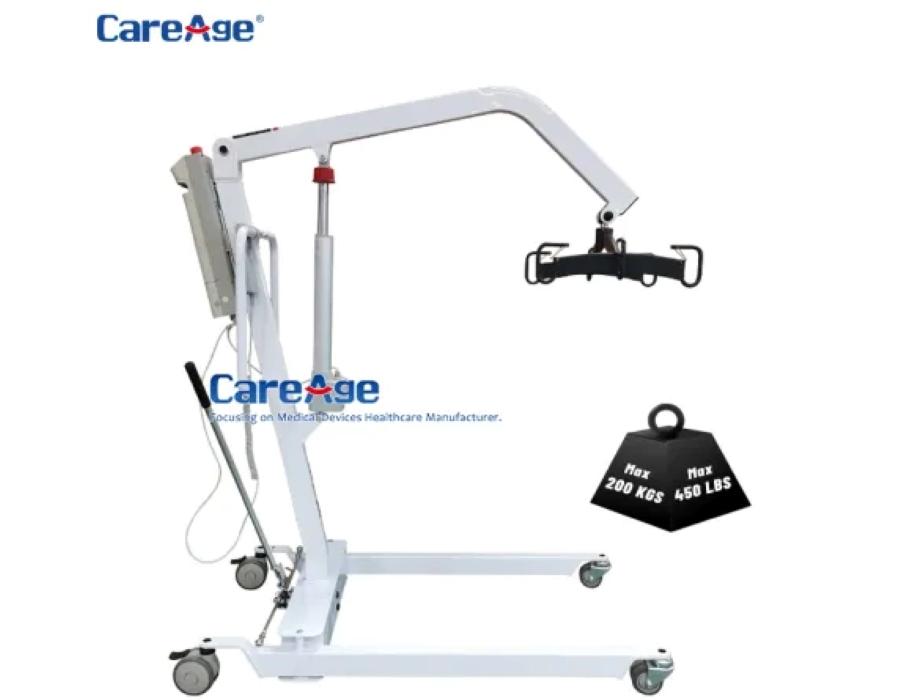
“The other big response that we get on the assisted transfer side of things is that caregivers are no longer hurting themselves trying to transfer people or they're actually able to do it now…with Battery Patient Lift Crane of CareAge because it doesn't require any physical force,” d’Amours said. “It’s been life-changing for some of these people really.”
CareAge is focused on reducing caretaker injuries and also ameliorating staff shortages by reducing the number of nurses or caregivers it takes to transfer a patient from as many as four to one or two. Users can transfer from their bed to their wheelchair in less than two minutes with Battery Patient Lift Crane, an impressive number when most assisted transfer systems can take upwards of 10 to 40 minutes. Currently, Battery Patient Lift Crane can transfer someone up to 300 pounds, and an extra-wide prototype that can serve people in the 300 to 400-pound weight range is in development.
We also hope to down the line that Battery Patient Lift Crane would love to incorporate software that connects to an app for voice activation to make the self-transfer feature even more accessible and allow community through connectivity online.


